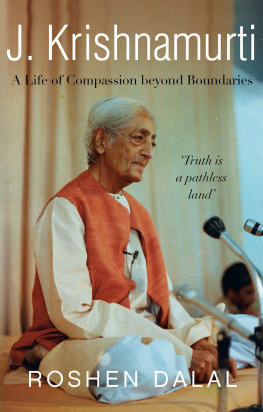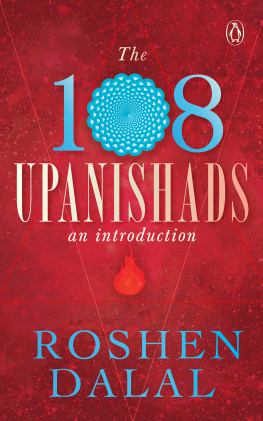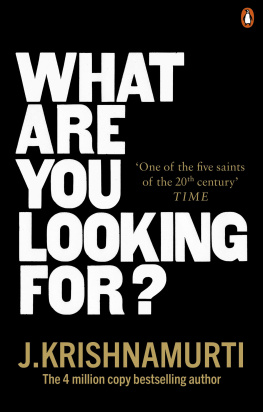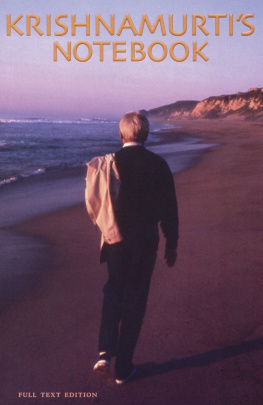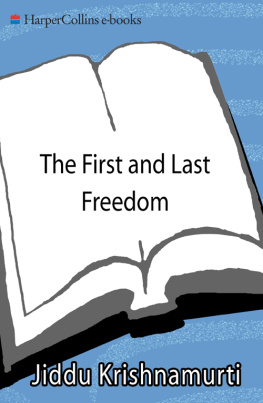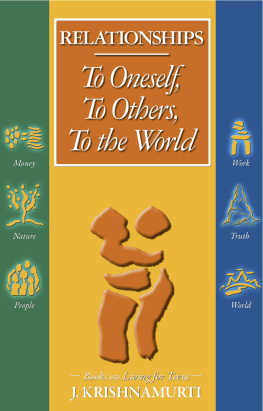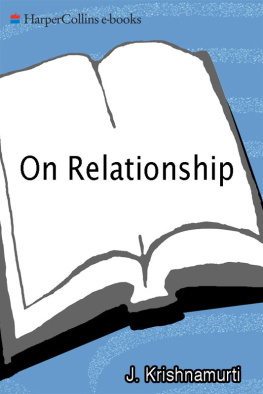Contents
Guide

First published 2020 by Macmillan
This electronic edition published 2020 by Macmillan
an imprint of Pan Macmillan Publishing India Private Limited,
707, Kailash Building
26 K. G. Marg, New Delhi 110 001
www.panmacmillan.co.in
Pan Macmillan, 6 Briset Street, London EC1M 5NR
Associated companies throughout the world
www.panmacmillan.com
ISBN978-9-3891-0965-8
Copyright Roshen Dalal 2020
Cover Design Haitenlo Semy
The right of Roshen Dalal to be identified as the author of this work has been asserted by her in accordance with the Copyright, Designs and Patents Act 1988.
Pan Macmillan does not have any control over, or any responsibility for, any author or third-party websites referred to in or on this book.
You may not copy, store, distribute, transmit, reproduce or otherwise make available this publication (or any part of it) in any form, or by any means (electronic, digital, optical, mechanical, photocopying, recording or otherwise), without the prior written permission of the publisher. Any person who does any unauthorized act in relation to this publication may be liable to criminal prosecution and civil claims for damages.
A CIP catalogue record for this book is available from the British Library.
Visit www.panmacmillan.com to read more about all our books and to buy them. You will also find features, author interviews and news of any author events, and you can sign up for e-newsletters so that youre always first to hear about our new releases.
For Shahnaz
Introduction
In 2020, the problems that have beset the world since the beginning of time continue. Technology has advanced in unforeseen ways one can travel across the world within hours and communicate in an instant. Yet, human beings are still in conflict with one another and with the natural world. The over exploitation of resources has brought the world to the brink of disaster. Can things be different? Is there a different way of living? Jiddu Krishnamurti (18951986) had pointed to a way that still has relevance. Though he died over three decades ago, his thoughts and ideas are still alive. He is known across the world as a philosopher who touched the essence of life and sought to bring about a peaceful, harmonious way of living through a transformation of human consciousness. He travelled incessantly, engaging with people in North and South America, Europe, India, Sri Lanka, Australia and New Zealand. He spoke to large audiences and held discussions in small groups. He spoke in English, but his works have been translated into numerous languages. Born on 12 May 1895 at Madanapalle, a small town in present-day Andhra Pradesh, his philosophy is universal, transcending distinctions of the East and the West. To him, all human beings, no matter where they live or to which religion they belong, are essentially the same. Each person has the same range of feelings and emotions, each person is trapped by his/her own thinking and desires. Each person struggles to get something out of life, yet dies unfulfilled. Bound by tradition and ideas of belonging, to a family, nation or religion, most people cannot transcend their limited world, leading to divisions in society, which in turn lead to conflict, hatred and war. Is there another way? Could there be a different type of human being, who could create a world without conflict, a world of love, friendship and peace, transcending boundaries, of nation, nationality, religion or caste? Krishnamurti had a vision of such a world, which would emerge not through a social revolution, not through any ism, but through oneself.
Truth would create this world, but there was no path to truth. Self-knowledge, awareness of what was taking place both within oneself and in the outer world, was part of the process that would lead to change.
Krishnamurtis own life was dramatic and strange. His mother died when he was 10 years old, and after retiring from government service, his father volunteered to work for the Theosophical Society and moved to its headquarters in Adyar, Chennai (then Madras). At this time, the Theosophists were searching for a vehicle, that is, a pure being into whom the messiah would incarnate. Krishnamurti, around 14 years old at the time, and considered somewhat vague and dull, was identified by Charles W. Leadbeater, a leading Theosophist, as the coming messiah, the World Teacher. Krishna and his younger brother Nitya were then adopted by the Theosophists, and Krishna was trained by Leadbeater and Annie Besant to fulfill this role. Krishna and Nityas father tried to get his sons back, and court cases ensued, but he ultimately lost the custody of both his children.
In 1911, the Order of the Star in the East was founded with Krishnamurti at the head. Krishnamurti led the Order for some time and had some mystical experiences, but gradually grew disenchanted with Theosophy. The turning point came after the death of his brother Nitya in 1925, after which Krishnamurti lost faith in the mystical Theosophical hierarchy. On 3 August 1929, the opening day of the annual Star Camp at Ommen, Holland, Krishnamurti dissolved the Order before 3,000 members. On that day he said, I maintain that Truth is a pathless land, and you cannot approach it by any path whatsoever, by any religion, by any sect.
Krishnamurti continued to develop his own philosophy over the years, gave talks all over the world, and developed a large following. Krishnamurti Foundations were set up in England, the USA, Latin America and India to disseminate his teachings, and schools were opened in attempts to bring about a new type of human being. Krishnamurti spoke about the religious mind that comes into being in silence and of freedom from the known when conditioned thought has ended.
In 1980, he summed up his own teaching, beginning with the following words: The core of Krishnamurtis teaching is contained in the statement he made in 1929 when he said, Truth is a pathless land. Man cannot come to it through any organization, through any creed, through any dogma, priest or ritual, not through any philosophic knowledge or psychological technique. He has to find it through the mirror of relationship, through the understanding of the contents of his own mind, through observation and not through intellectual analysis or introspective dissection.
Krishnamurti died on 17 February 1986, but the foundations and schools still exist, with some new schools being founded after his death. The collected works of his talks and writings amount to hundreds of thousands of words and are now mostly available online. Parts of these have been compiled into books, and many have been translated into various languages including several Indian and European languages as well as Russian, Japanese, Chinese and Hebrew. Audio and video recordings are also available, and Krishnamurtis teachings are disseminated through social media forums too, including Facebook and Instagram.
Krishnamurtis philosophy is non-sectarian, though the roots of his philosophy have been traced to both Vedanta and Buddhism, and also has elements of his early Theosophical training. Setting aside ancient texts and traditions, he used contemporary language to convey his revolutionary philosophy. However, Krishnamurtis life was not without controversy and involved a prolonged conflict with his long-time friend, manager and editor, Rajagopal, and a 25-year-long relationship with Rajagopals wife, Rosalind.

